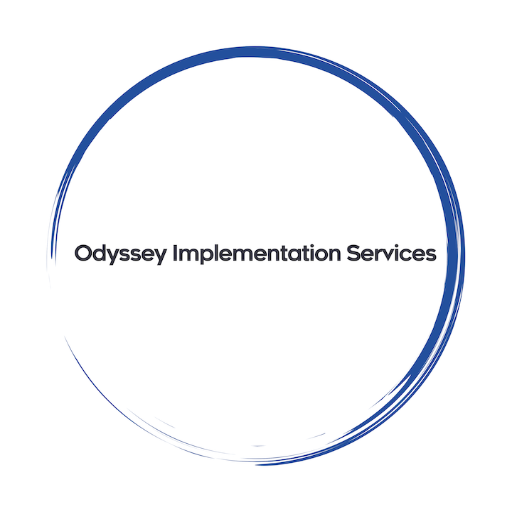Embarking on a Salesforce implementation journey holds immense potential for organizations seeking to revolutionize their operations and elevate customer experiences. However, without careful planning and foresight, the accumulation of technical debt can hinder progress and impede long-term success. In this guide, we’ll explore proactive strategies to avoid technical debt when implementing Salesforce, ensuring a smooth and sustainable transition to a future-proof platform.
Understanding Technical Debt in Salesforce Implementation Technical debt refers to the accumulated cost of shortcuts, compromises, and suboptimal decisions made during the implementation process. In the context of Salesforce, technical debt can manifest in various forms, including inefficient customizations, complex code integrations, and outdated configurations, hindering system performance, scalability, and maintainability over time.
Proactive Strategies to Mitigate Technical Debt
- Comprehensive Planning and Requirements Gathering: Invest time upfront in understanding organizational objectives, user requirements, and business processes. Develop a clear roadmap and implementation strategy aligned with long-term goals to minimize the need for costly rework or redesign later on.
- Adherence to Best Practices and Standards: Embrace Salesforce’s recommended best practices, design patterns, and development methodologies from the outset. Follow established guidelines for data modeling, customization, and integration to build a scalable and maintainable Salesforce org.
- Modular and Agile Development Approach: Break down implementation tasks into manageable increments and prioritize iterative delivery of functionality. Adopt an agile development methodology to promote flexibility, responsiveness, and stakeholder collaboration throughout the implementation lifecycle.
- Governance and Change Management: Establish robust governance processes and controls to ensure consistency, compliance, and alignment with organizational policies. Implement change management practices to evaluate proposed changes, assess their impact, and mitigate risks of introducing technical debt inadvertently.
- Investment in Training and Skill Development: Empower administrators, developers, and end-users with comprehensive training and skill development programs. Foster a culture of continuous learning and knowledge sharing to mitigate risks of implementation errors or misconfigurations due to lack of expertise.
- Regular Health Checks and Performance Optimization: Conduct periodic health checks and performance assessments of your Salesforce org to identify potential bottlenecks, inefficiencies, or areas of technical debt. Implement optimizations and enhancements proactively to maintain system reliability and performance.
Conclusion By adopting proactive strategies and adhering to best practices, organizations can mitigate the accumulation of technical debt during Salesforce implementation and ensure a solid foundation for future growth and innovation. With careful planning, governance, and ongoing optimization, organizations can harness the full potential of Salesforce as a strategic platform to drive digital transformation, deliver exceptional customer experiences, and achieve sustainable success in the evolving digital landscape.
